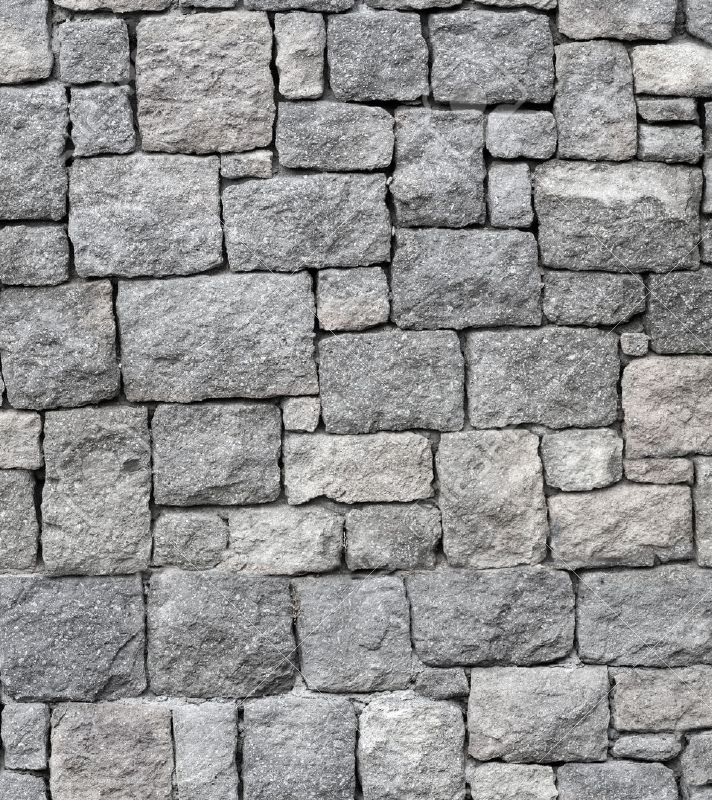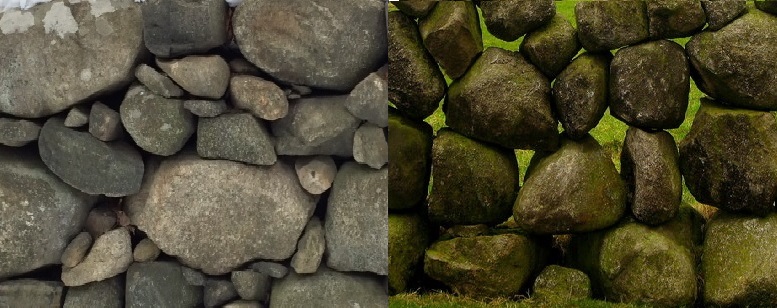Level: Novice
Reading Time: 5 minutes
I have a question about tempering which answer I can’t find anywhere and I’m hoping you can help. Simply, why are the tempering temperatures have to be different for dark, milk and white chocolate? Is it because of the greater amount of cocoa butter in the milk and white chocolates?
I temper it with the same temperatures of a dark cacao, but I find it very thick when I poor it, a bit like milk chocolate would be thicker because of the colder temperature and the creaminess of it I guess.
So I am wondering if perhaps this cacao should be tempered in other temperatures, perhaps warmer ones dark chocolate, in order to be more fluid.
Simply, the temperatures have to be different because each ingredient is a contaminate to the crystal structure you are trying to form, and the greater the contaminant, the more unstable the structure.
I talk about some of it here.
To reiterate a little bit of that and help clarify why this is the case you have to understand when you temper you are trying to build a cocoa butter crystal matrix of a certain form.
Let’s build a wall.
If you are using concrete blocks they all stack up really nicely and they are strong. It is pretty hard to push over. That strength can directly be thought of as resistance to temperature. If you were to temper pure cocoa butter (like silk) then you are using nothing but large blocks and the cocoa butter wall is very strong and it is stable all the way up to 92.5 F. That is the perfect situation and it is very stable.
If you were to traditionally temper pure cocoa butter it would still be very stable and orderly but not quite a stable and so isn’t quite and temperature tolerant. It can reasonably handle 90 F. Think of it like this:
But now we want to add some decoration to the wall and decide to add in some different sized bricks. That wall isn’t going to fit together quite as nice and will be a little more unstable.
That is what you are doing when you make dark chocolate. There isn’t just cocoa butter. You have cocoa solids and sugar. But everything can still fit pretty tightly together.
Those different sizes pieces in there inherently make the wall a bit less stable though and they take a little more care to put together. The result is that this chocolate wall can only handle 87-89 F. And that brings up a great point. Why is there a temperature range? It is for the same reason that two walls made with different stones may have different strengths. You nicely fit wall could also look like this and it is going to be just a little more unstable than the previous one.
And the same holds true if you have more sugar in your dark chocolate. There are more particles to get in the way and make the wall just a little more unstable because all those pieces have to fit in just so.
Now if you start tossing in more random rocks your stability continues to get worse and worse. That is the same as adding in milk powder for a milk chocolate
I suspect you are seeing the pattern. There are more things in there. Milk powder isn’t one thing. It is milk fats, proteins and sugars. It adds complexity and a lack of stability so you have to further reduce your tempering temperature to the 84-86 F range.
But here I want to give you a wall building thought experiment. How could we make that wall more stable? The easiest way would be to add a bit of very regular cut rock. That might end up looking like this and you can see it would be quite a bit more stable.
.That is what happens when you add cocoa butter silk and why the when silk tempering you can always temper at 92.5 F. All that fine and even cultured structure lends incredible stability.
Just for completeness this is the kind of thing you can expect with white chocolate
It is really hard to get a really regular structure there to give you any stability so you need to be extra careful or the whole thing might fall down, hence you need to be gentle and temper it in the low 80s.
This also explains why it is so hard if not impossible to temper unrefined chocolate. It is like trying to stack boulders together. Yeah, you might be able to do it but even once they are stack there is a better than naught chance they are just going to fall over and bloom (to mix my metaphors).
So really it has really very little to do with how much cocoa butter is there. Most chocolates are in the 35-45% range and that doesn’t account for the temperature stability or lack thereof. Instead it is all about what else is in there and how much it is disrupting the cocoa butter crystal structure.
But how much butter you have in there can affect your viscosity. If your chocolate is running too thick get some extra butter in there. It will reduce the viscosity which will in turn allow those small, irregular particles to move around easier and disrupt that matrix less giving you overall higher stability.
Finally, this rock wall analogy also helps explain why different origins at the same exact percent chocolate can temper at different temperatures. It has to do with rock composition and how they are shaped. Some naturally stack better than others. It isn’t any more complicated than that. It further explains why technique can have such an influence. A rushed temper that doesn’t allow proper stacking formation has a higher likelihood of being less stable..










